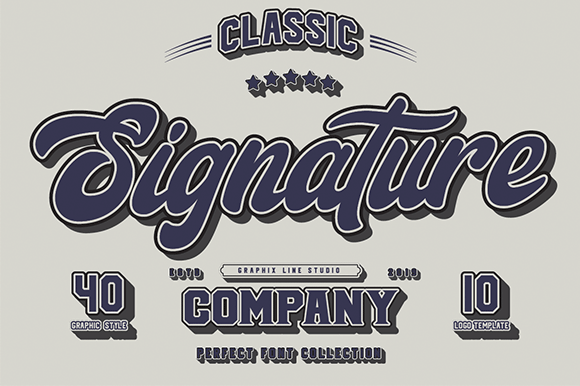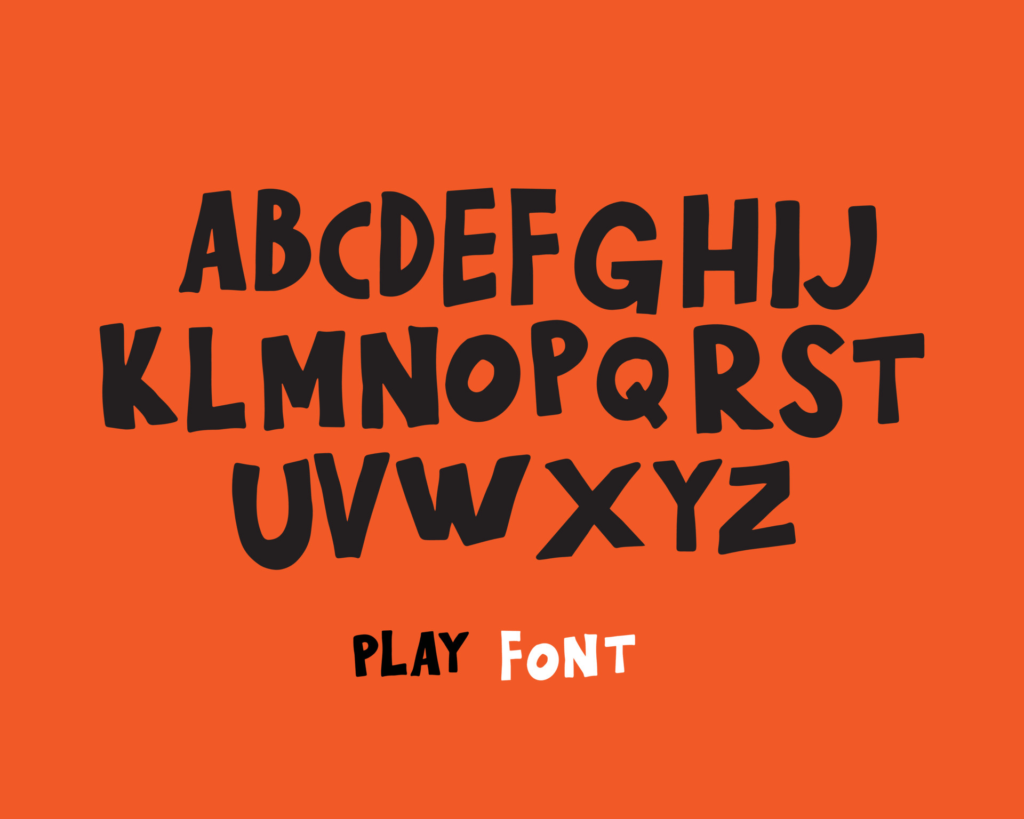Typography is one of the things that we encounter every day, whether we realize it or not. It is an integral part of communication and branding, and it has evolved throughout the years. One of the most interesting aspects of typography is the classic fonts that have stood the test of time. These fonts have a charm that is hard to resist, and they continue to be used in various applications today.
The Charm of Classic Fonts
Classic fonts are timeless, elegant, and have a certain charm that is hard to resist. They are fonts that have been around for decades, and they continue to be used today. These fonts are popular because they have a historical significance that makes them unique, and they bring a sense of nostalgia and familiarity to designs. Classic fonts include Times New Roman, Garamond, Baskerville, and Bodoni, to name a few.
Journey through Time with Typography
Typography has come a long way since the Gutenberg press in the 15th century. It has been influenced by art movements, technology, and cultural changes. Fonts have evolved from handwritten scripts to digitally designed typefaces. The use of typography has also shifted from print to digital platforms. Through the years, typography has been a reflection of the times, and it continues to be a dynamic field that adapts to the changing landscape of communication and design.
A Glimpse of the Font Evolution
The evolution of fonts is fascinating, and it shows the creativity and ingenuity of designers and typographers throughout the years. Serif fonts, which have small lines or flourishes at the end of each letter, were the standard in typography until the advent of sans-serif fonts in the early 20th century. Sans-serif fonts, which do not have the small lines or flourishes, were used to convey a sense of modernity and simplicity. Today, designers have access to a wide range of fonts, from classic to modern, and they use them to create unique and impactful designs.
The Timeless Elegance of Serif Fonts
Serif fonts have a timeless elegance that is hard to replicate. They are associated with tradition, authority, and sophistication, and they are often used in print designs such as books, magazines, and newspapers. Serif fonts are also great for conveying a sense of history or nostalgia. Some popular serif fonts include Times New Roman, Garamond, and Baskerville.
The Simplicity and Versatility of Sans Serifs
Sans-serif fonts have gained popularity in recent years because of their simplicity and versatility. They are often used in digital designs such as websites, apps, and social media posts. Sans-serif fonts convey a sense of modernity, minimalism, and cleanliness. Some popular sans-serif fonts include Arial, Helvetica, and Futura.
A Look into the Future of Classic Fonts
Classic fonts will always have a place in typography and design. They are fonts that have stood the test of time, and they continue to be used in various applications today. As technology advances and design trends change, classic fonts will also evolve to meet the demands of designers and users. We can expect to see new variations of classic fonts, as well as the emergence of new fonts that will become classics in their own right.
Typography is an exciting field that continues to evolve and adapt to the changing landscape of communication and design. Classic fonts have a special place in this field, and they will always be appreciated for their timeless elegance and charm. Whether they are used in print or digital designs, classic fonts will continue to inspire and captivate designers and users alike for years to come.









